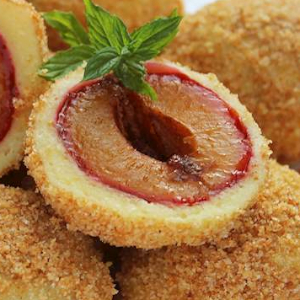Monday, we toured some of Czechia’s classic hearty mains. Yesterday, we looked at their favourite breads and iconic dumplings. Now, it’s time to top off our Czechian feast with a dessert table reflective of the country’s ancient roots – and Czechians’ taste for sweet, rich cakes and pastries!
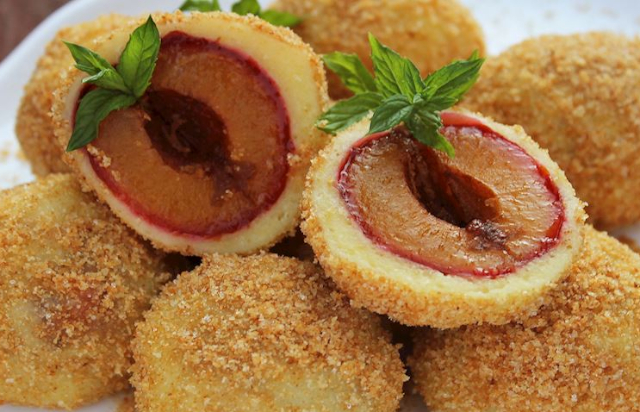 Ovocné Knedlíky: Classic Dumpling with embedded Scented Plum.
Ovocné Knedlíky: Classic Dumpling with embedded Scented Plum.
Czechians love their sweets – breads, cakes, pastries, jams and spreads. There are probably hundreds of varieties of baked deserts and an equal number of supporting actors. It would be impossible to list them all here – let alone give you a mouthwatering description – so I’m going to curate a select group of classics that you absolutely must try if you ever get to the Czech Republic!
Sweet Knedliky: Dessert Dumplings. We covered Czechian dumplings thoroughly yesterday, under breads, but we left the other side of the story for today: Sweet, stuffed, topped Knedliky are the most popular dessert in the land. Along with the standard bread dumpling, there’s a version made with cheese that pops up on dessert menus frequently. Whatever the dough, it’s often wrapped around fresh fruits such as apricots, strawberries or plums.
Bublanina: Fruit-filled Sponge Cake. This light sponge flavoured with vanilla or lemon, is traditionally filled with cherries, strawberries, blueberries, apricots, plums or pears.
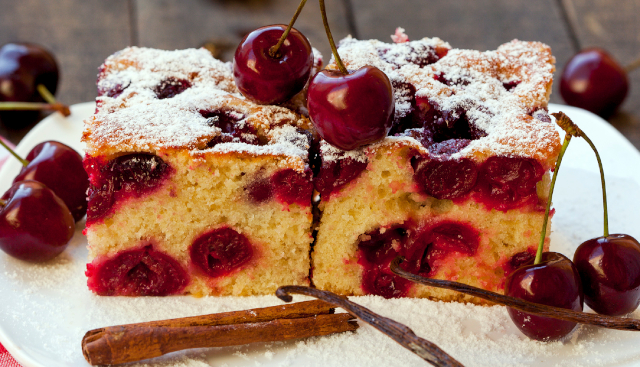
Bublanina is a favourite finish for all special occasion meals. Made in homes across the land but more popularly purchased fro0m bakeries and supermarkets, these days.
Vánoční Cukroví: Christmas Cookies. Like many other Middle- and Eastern -European countries, the Czechians have an almost infinite variety of Christmas Cookies. The collective name for them is Vánoční Cukroví.
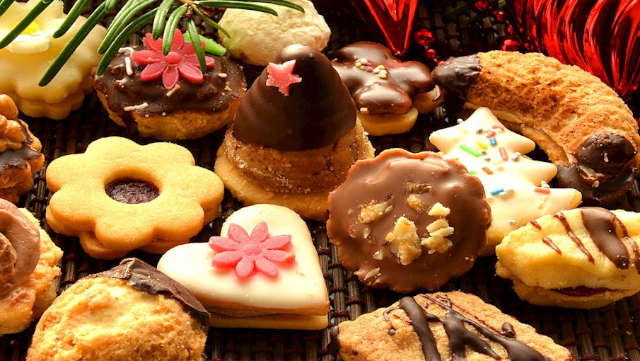
They range from simple butter cookies to wafers to gingerbreads, and liquor-infused no-bake ‘balls’. A galaxy ingredients is called to the fore, including nuts, chocolate, marzipan, vanilla, honey, coconut, jams and rum.
Pernik: Christmas Gingerbread Cookies. They come in all sizes and holiday-themes shapes, all decorated with strings of white icing. Gingerbreads first appeared in Bohemia around 1335 where they were not only beloved as desserts but used to thicken stews, soups and sauces. Now-a-days, they are also enjoyed for their artistic dimension!
Trdelnik: A crispy, filled tube-shaped pastry. You can get them al over town (any town) in shops and at street stalls, filled with whipped cream, hazelnut cream or ice cream.
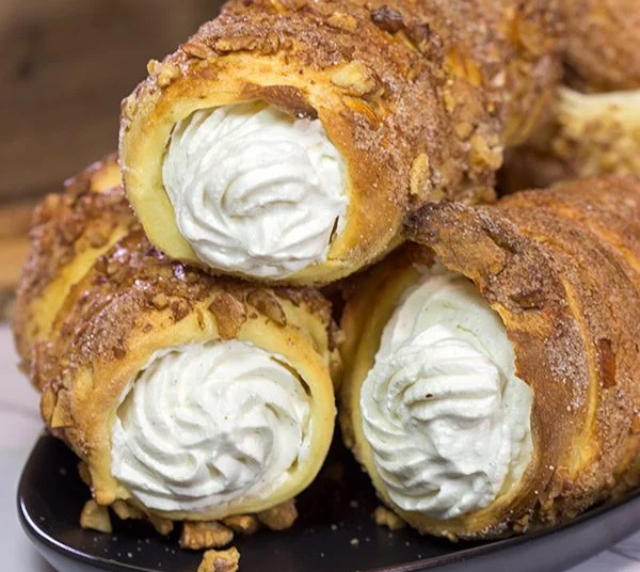
The process by which they’re made is ingenius. But you can make them at home in your own oven, if you want to. Those in the know insist that you must not visit Czechia without having at least one!
Bohemian Beverages
Beer
You can’t talk about Czechian beverages without talking about the beer. Pilsner is the main style – originating in the town of Pilsen, just west of Prague – first brewed in 1842 by Bavarian brewer Josef Groll. The original Pilsner, and the world’s first pale lager, was Urkell, still brewed today and enjoyed around the world.

In fact, light, medium and dark beers are made throughout the country, averaging 4 – 5 percent alcohol by volume. Czechians lead the world in beer consumption, drinking 150 to 160 litres per person per year. And indications are that low- or non-alcoholic beers are gaining rapidly in popularity, especially in the larger urban areas.
Wine
The wine region of Czechia is the south-east, centred in Moravia. Czechian wines are, like beer, quaffs of the people. Both reds and whites are enjoyed year round at wineries, bars and street stands, and special events during the year-end holidays.
Czechian wines are overwhelmingly white, made from grape varieties including Chardonnay, Muscat, Thurgau, Pinot Blanc, Pinot Gris, Sauvignon, Veltliner and Gewurztraminer.
Spirits
Czechia is justly known for a number of distilled spirits, but the iconic pour is Slivovice (also known as Slivovitz or Slivovitsa), a unique plum brandy.
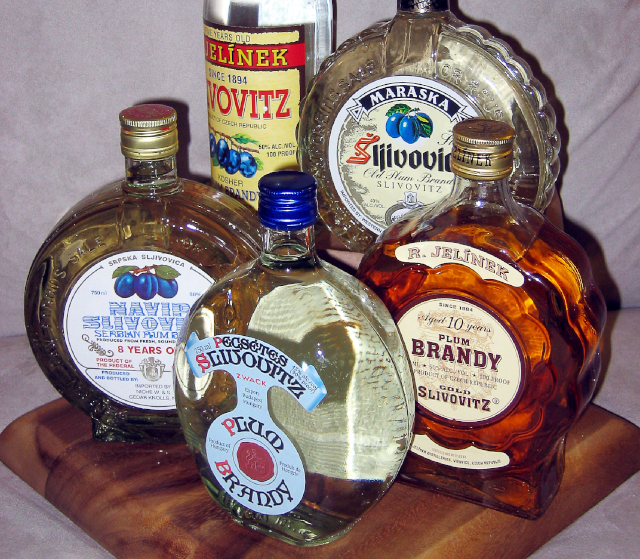
It’s made in Moiravia, fermenting for at least 6 weeks and maturing after distillation for 8 -12 months. Slivovice average between 45 and 55 percent alcohol by volume. It’s clear and colourless, but definitely not without taste and kick!
Soft Drinks
Since the fall of the Soviet Union, Czechians have had transparent access to western-based global soft drink brands such as Coca Cola and Pepsi. But the national favourite is Kofola, developed in 1959 at the Research Institute of Medicinal Plants in Prague. It’s a mixture of 14 herbs and fruit juices with a hint of liquorice. It has 30 percent less sugar than most western softy drinks, but half-again as much caffeine.
Tea is an old tradition in Czechia. It’s on menus and home tables everywhere. Sparkling water is also popular, as are fruit juices and milk-based fountain drinks.
Now you can relax with a shot of Slivovice…
… And enjoy a Czechian sunset over the mountains with a full stomach and a uniquely Bohemian sense of satisfaction.
~ Maggie J.

